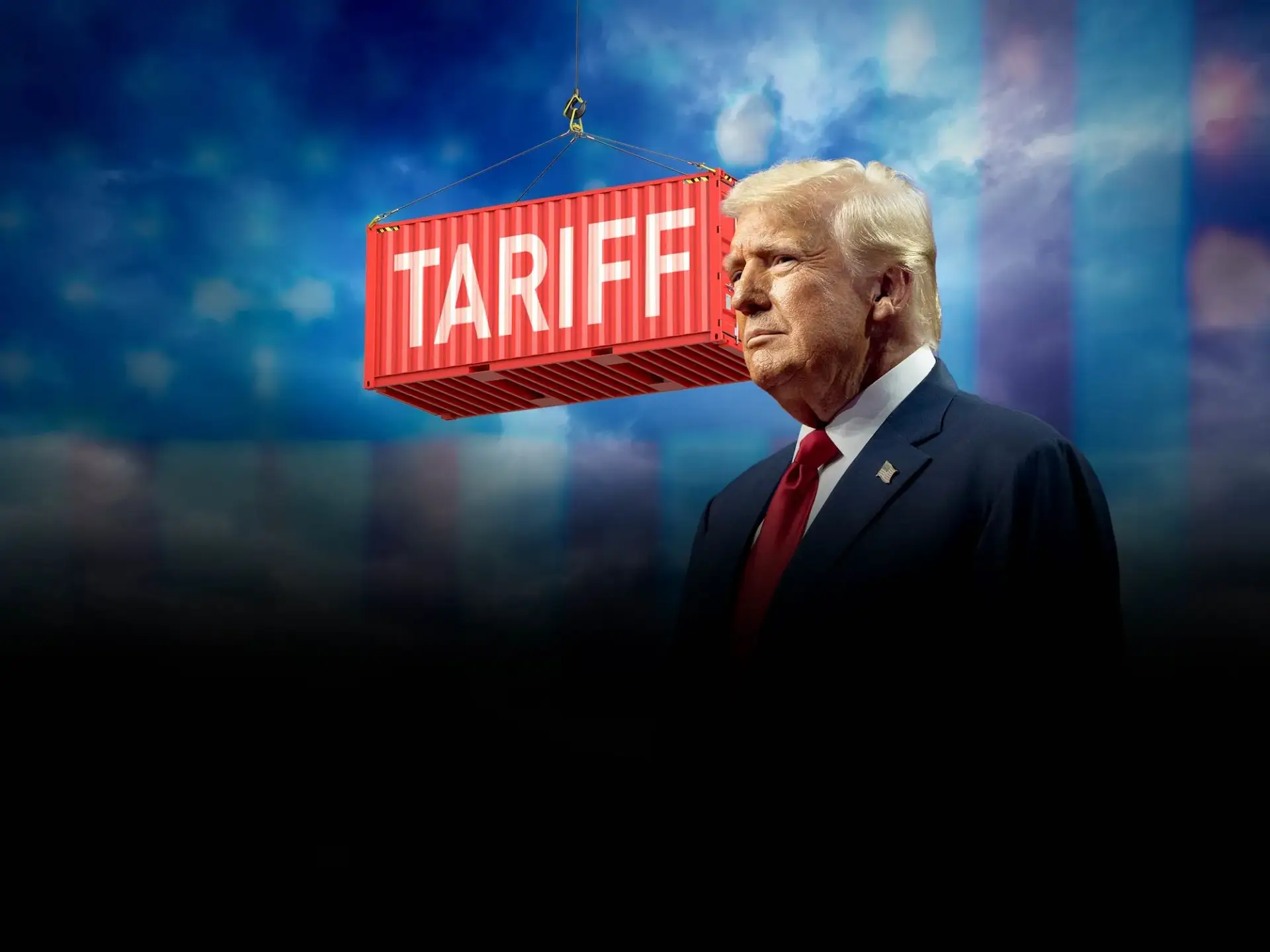President Trump announces tariffs on Canada, Mexico and China to go into effect on March 4
President TrumpTruth SocialThe account posted a message that it plans to implement tariffs of 25% on Canada and Mexico, while tariffs on Canadian energy will be levied at a lower percentage, which is expected to take effect from March 4, 2025 (Tuesday).Associated PressReport (2-27-25)
He also announced that he would double the general 10% tariffs on Chinese imports.
Trump said in the post that drugs are smuggled into the United States at "unacceptable levels" and that the import taxes will force other countries to step up their fight against smuggling. "We cannot allow this scourge to continue to hurt the United States, and therefore, until this problem is resolved or seriously limited, the tariffs scheduled to go into effect on March 4th, will go into effect as scheduled," he wrote. "China will also be charged an additional 10% tariff on that date," he added.
He added: "The reciprocal tariff date of April 2 will continue to apply in full."
LumberFlow Expert Interpretation
President Trump’s decision to impose tariffs on Canada, Mexico, and China could significantly impact the global lumber supply chain, especially in the Chinese market. When analyzing North American market dynamics, we need to focus on the following aspects:
- Immediate supply chain impact:The implementation of tariffs could lead to limited lumber supply, particularly imports from Canada and Mexico, with the potential for lumber processing plant closures and transportation bottlenecks.
- Demand replacement mode:If supplies from the Pacific Northwest (PNW) decrease, Chinese buyers may turn to Russian lumber to meet market demand.
- Price transmission mechanism:The CME futures price will affect the FOB price in Vancouver, which in turn will affect the CIF price in Shanghai.
- Secondary Impact:EU Renewable Energy Directive (RED) policies could lead to increased competing demand for North American biomass exports, further impacting the wood market.
Logistics Intelligence
Bulk carriers take 18-22 days to ship from Vancouver to Shanghai. Freight rates for containers and small vessels at BC ports will be affected by market fluctuations. Comparing alternative sourcing analysis from the Russian Far East to the southern United States and northern Europe will help understand sourcing strategies.
Strategic Recommendations
Based on the CME lumber futures curve, a robust inventory strategy is recommended. Compare contract types (FCA, FOB vs. CIF) and be wary of trade barriers (such as the US Lacey Act and the 2026 EU Forest Directive).





